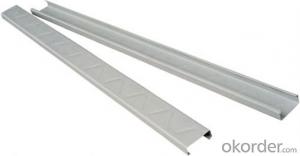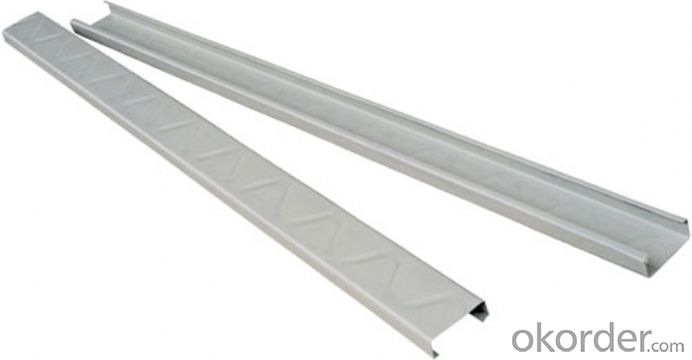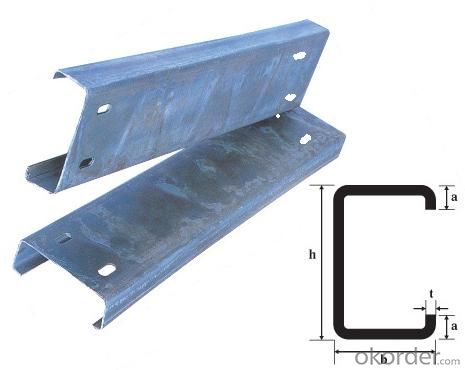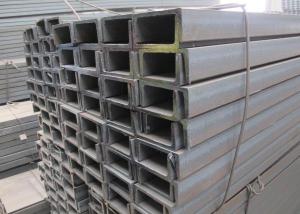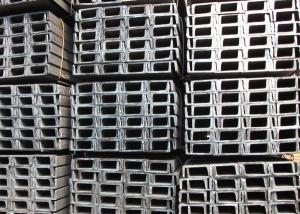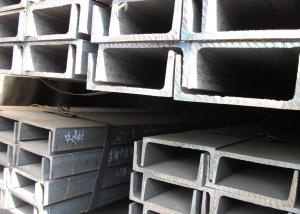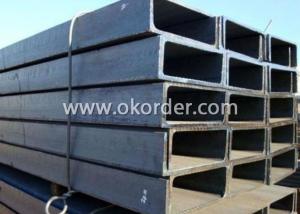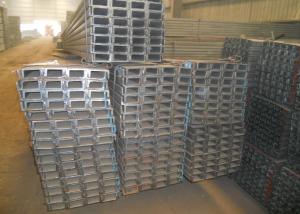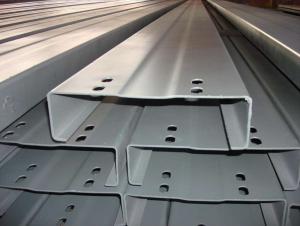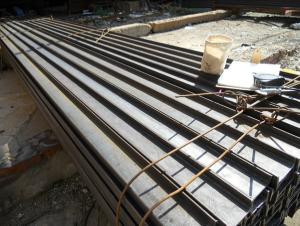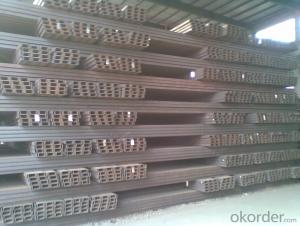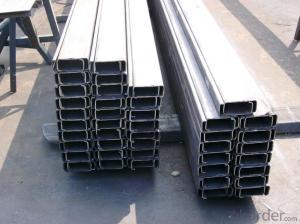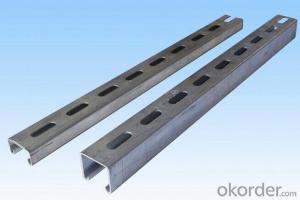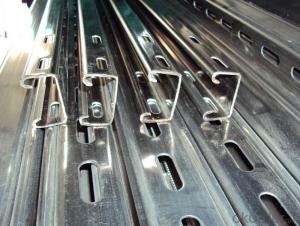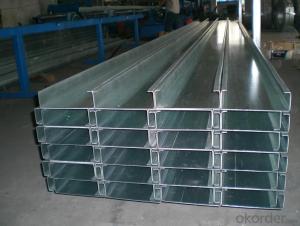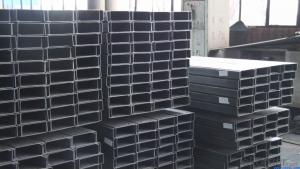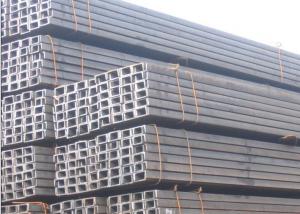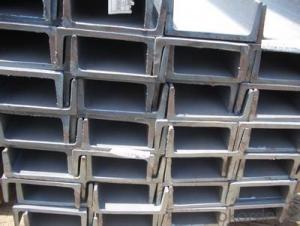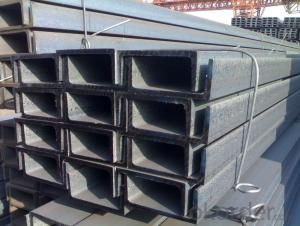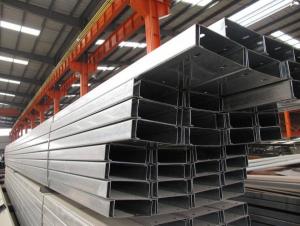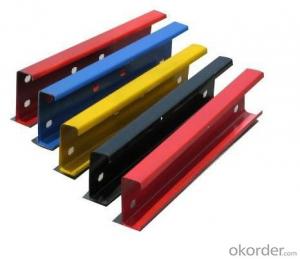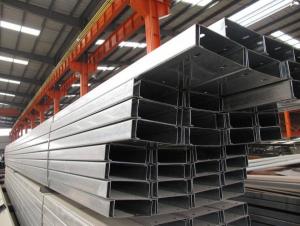C Channel Hot dipped Galvanzied Unistrut Channel
- Loading Port:
- Tianjin
- Payment Terms:
- TT or LC
- Min Order Qty:
- 28 m.t.
- Supply Capability:
- 30000 m.t./month
OKorder Service Pledge
OKorder Financial Service
You Might Also Like
1,Structure of C Channel Hot dipped Galvanzied Unistrut Channel
Our factory main produce steel profile of suspended ceiling system and drywall partition system, including drywall stud & track, ceiling main & cross tee, wall angle, C-channel, Omega, Accessories etc.
1> Our series products main supply to Eastern Europe like Russia, Ukraine etc.
CD60*27
UD28*27
CW50*50, 75*50, 100*50
UW50*40, 75*40, 100*40
2,Main Features of C Channel Hot dipped Galvanzied Unistrut Channel
2> Our series products main supply to Middle East.
C-Channel 38*12
Omega 68*35
Stud 41*35, 50*35, 63*35, 70*32, 70*34.5, 75*35, 100*35
Track 41*25, 50*25, 63*25, 72*25, 75*25, 100*25
Angle 25*25
3> Our series products main supply to Australia, New Zealand.
Top Cross Rail 25*21
Furring channel 28*38, 16*38
Furring channel track 28*20*30,16*20*30
Stud 51*33.5*35.5,64*33.5*35.5, 76*33.5*35.5, 92*33.5*35.5, 150*33.5*35.5
Track 51*32*32, 64*32*32, 76*32*32, 92*32*32, 150*32*32
Length and thickness can be customized as customers request
Material: high-quality hot dipped galvanized steel coil.
Advantage of C Channel Hot dipped Galvanzied Unistrut Channel
High quality & reasonable Price, no need welding and punching, can use repeatedly, wide usage range, flexible for installation.
1. Strut Channel Standard Size: 21*21, 41*21, 41*25, 41*23, 41*41,41*62,41*72,41*82
2. Strut Channel Standard thickness: 1.5mm, 2mm, 2.5mm,2.75mm, 3.0mm
3. Strut Channel length: 2440mm, 3000mm, 5800mm, 6000mm and customized
4. Strut Channel Standard Type: back to back, 41*41.41*62, 41*123 and so on
5. Strut Channel Standard Hole Size:14x29mm, 10x76mm,22mm,14mm.
6. Strut Channel Standard Model: Slotted / Perforated / Punched Hole, and Solid.
7. Strut Channel Standard Material: Q235B, Stainless Steel, Aluminum.
8. Strut Channel Standard Surface Finish: Black, Pre-galvanized, Hot Dipped Galvanized,Electro Galvanzied,
SS304, SS304L,SS316,SS316L, Aluminum, Painted Color / Powder Coated.
9. Strut Channel Availble Doucments: Catalogues, Drawings, Photos, Price List, Certificates, Test
Report, Factory Inspecition, After-sales Service and So on.
10. Strut Channel Standard Delivery Time: 7 working days for 1x20ft Container.
Other sizes be produced according to customer’s drawing.
Images of C Channel Hot dipped Galvanzied Unistrut Channel

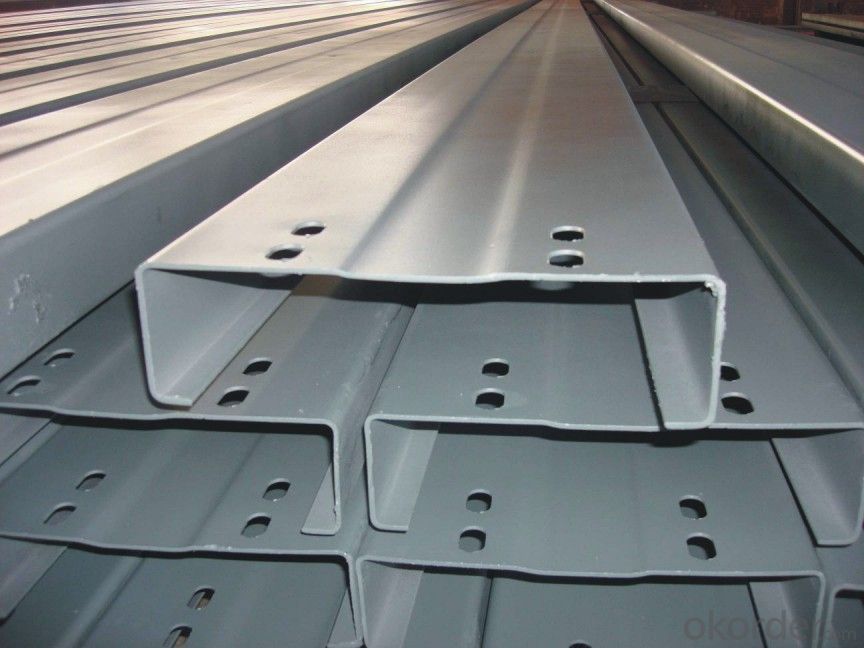
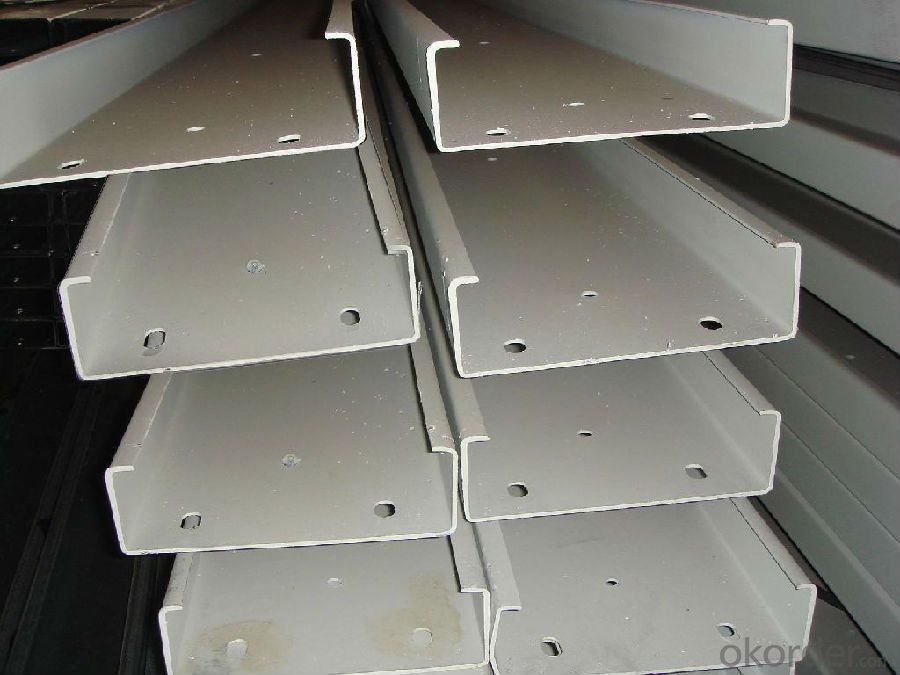
- Q: How do steel channels contribute to seismic resistance?
- Steel channels contribute to seismic resistance in several ways. Firstly, the shape and design of steel channels make them highly resistant to bending and deformation under seismic forces. Their structural integrity helps to maintain the stability and strength of the building during an earthquake. The channels are often used as part of the lateral load resisting system in a building's structure, helping to distribute and dissipate the seismic forces throughout the structure. Additionally, steel channels can be used to reinforce and strengthen other structural elements, such as columns and beams. By adding steel channels to these components, their load-bearing capacity and resistance to seismic forces can be significantly improved. This reinforcement helps to prevent collapse or significant damage to the building during an earthquake. Moreover, steel channels can be strategically placed in a building's frame to create a moment-resisting frame system. This system helps to transfer and distribute the seismic forces throughout the structure, reducing the concentration of forces on specific elements and increasing the overall resistance to seismic events. The use of steel channels in this manner helps to improve the building's overall stability and ability to withstand seismic forces. Furthermore, steel channels can also be utilized in the construction of seismic bracing systems. These systems are designed to absorb and dissipate seismic energy, reducing the impact on the building's structure. By incorporating steel channels into the bracing system, the building's resistance to seismic forces can be significantly enhanced. In summary, steel channels play a crucial role in enhancing a building's seismic resistance. Their shape, strength, and ability to reinforce other structural elements contribute to the overall stability and integrity of the building during an earthquake. By incorporating steel channels into the design and construction of buildings, the risk of damage and collapse due to seismic events can be substantially reduced.
- Q: The pressure is: 50TLength: 1 meters or soMaterial: steel or steelSpecifications: please tell me how much you can use!Prawns help you ah! Urgent! Online, etc.!
- Am I a prawn? Then you use channel 5
- Q: Steel arc bending machine can provide the best what? ` type details
- Is there a 3D molding requirement that will determine the number of NC shafts?.
- Q: Can steel channels be used for fencing purposes?
- Yes, steel channels can be used for fencing purposes. Steel channels provide strength and durability, making them suitable for constructing sturdy fences. They can be used to create a robust framework for various types of fencing, including chain-link fences, wire mesh fences, and even privacy fences.
- Q: What are the different shapes of steel channels?
- There are a variety of shapes and sizes of steel channels available to meet different structural and construction needs. Some commonly seen steel channel shapes include: 1. C Channel: Also referred to as a C-shaped channel, it features a straight back and two perpendicular legs. This shape offers excellent structural support and is frequently utilized in building frames, supports, and industrial applications. 2. U Channel: Similar to the C channel, the U channel has a straight back and two parallel legs. It is commonly used as a support for building structures, trailers, and vehicles. 3. Hat Channel: This type of steel channel has a wide, flat top that resembles a hat, with two legs extending downward at an angle. Hat channels are often used for roofing and wall framing in residential and commercial construction. 4. Z Channel: The Z channel is shaped like the letter "Z," with one flange extending upward and the other flange extending downward. It is commonly employed for purlins, studs, and construction applications that require enhanced strength and stability. 5. Box Channel: Box channels have a rectangular shape with four sides of equal length. They are frequently used in construction projects that necessitate structural support, such as for beams, frames, and trusses. These examples represent just a few of the various shapes of steel channels that are available. The selection of a particular shape depends on the specific application and structural requirements of the project.
- Q: What is the difference between channel steel and C steel?
- Channel steel is rail steel, relatively thick. C steel is rolled by iron plate
- Q: Can steel channels be used for stair treads?
- Yes, steel channels can be used for stair treads. Steel channels are often used in construction for their strength and durability, and they can provide a sturdy and safe surface for stair treads. Steel channels can be designed and fabricated to meet specific load requirements, making them suitable for various types of staircases. Additionally, steel channels can be galvanized or coated to enhance their resistance to corrosion, further increasing their longevity. Overall, steel channels offer a reliable and practical option for stair treads in both commercial and residential settings.
- Q: You design expert asked: do barrier 5 meters, how long the channel to bear?
- Through my own experience, you need 10 cm or 12 cm Fang Gang (Pihou requirements GB) as the main girder, the main girder can not be separated, to ensure his strength, if conditions permit can be supported by channel 10 cm at the bottom, so it is very strong, and the spacing between the main girder beams can not exceed 400MM.
- Q: Can steel channels be used for both vertical and horizontal applications?
- Yes, steel channels can be used for both vertical and horizontal applications. Steel channels are versatile structural elements that can provide support and reinforcement in various directions, making them suitable for both vertical load-bearing and horizontal bracing purposes.
- Q: What is the difference between channel steel and angle steel?
- The cross section of the channel steel is concave, and the cross section of the angle steel is L to form 90 degrees angle, but the length of the two sides is equal. Standard Specification for steel: height (mm) * leg width (mm) * * waist thickness (mm) * length (M) representation, e.g., 75 * 40 * 4.5 * 6.
Send your message to us
C Channel Hot dipped Galvanzied Unistrut Channel
- Loading Port:
- Tianjin
- Payment Terms:
- TT or LC
- Min Order Qty:
- 28 m.t.
- Supply Capability:
- 30000 m.t./month
OKorder Service Pledge
OKorder Financial Service
Similar products
Hot products
Hot Searches
Related keywords
